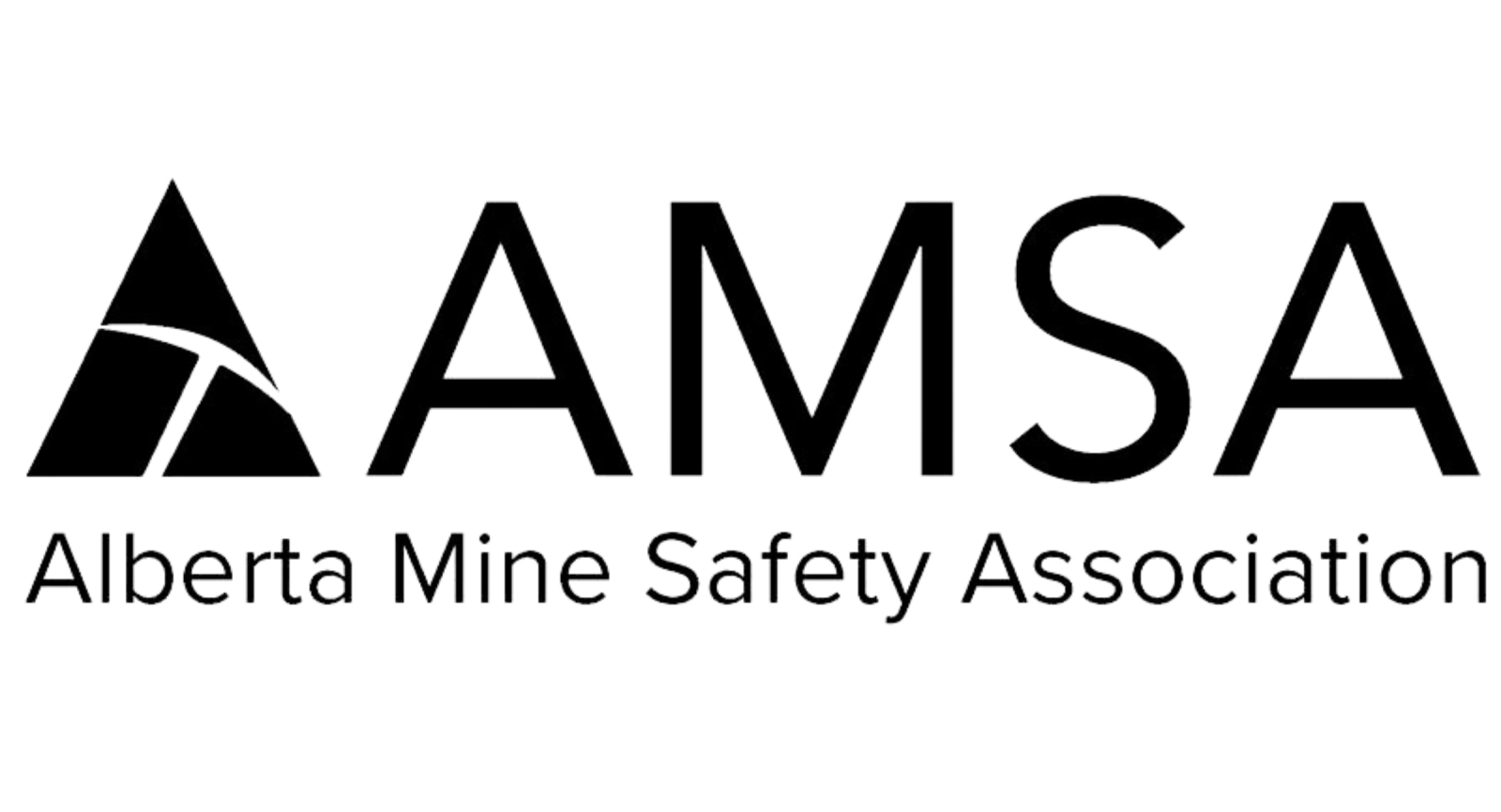What measures do you take to minimize the risk of high-energy shards detaching at high speeds and causing injury to workers or other potential hazards?
- - -
1. Flying materials from striking tools.
- The use of normal hardened steel sledgehammers is prohibited. Never use a hard surface hammer to strike another harder surface. Use hammers made of soft materials (i.e. brass, soft metal) or use alternative tools such as a Slide Sledge or dead blow hammer.
- Any sledgehammer weighing 4 pounds or greater with a handle of 30” or greater will require additional controls, such as a larger swing radius, the use of a face shield in addition to safety glasses and task specific gloves to protect the hands from shrapnel. If there is a high probability of shrapnel or flying metal debris, body covering such as a leather apron, Kevlar body suit or other similar protective covering must be used to protect the body.
- Any potential for flying metal debris caused by using a hammer smaller than 4 pounds will require the use of a face shield in addition to safety glasses at a minimum. Additional controls such as alternative tools or body covering (i.e. leather, Kevlar body suit) are recommended and should be identified with a hazard assessment.
2. Similar safety share attached from Feb 2023
3. Before choosing a hammer for a task ensure the tool is authorized for use on the site.
- Using a 2 lbs. or greater hardened steel hammer to strike hardened steel surfaces is prohibited. Striking hardened steel with hardened steel can cause small pieces of steel to break off and potentially result in an injury to the worker.
- Hardened steel hammers less than 2 lbs. may be used on objects where the strike zone (point of contact) is not hardened steel (e.g. pin punches, chisels or center punches). Always perform a pre-use inspection to ensure the hammer is safe and fit for use.
- Check for damage, cracks, splinters, or fatigue.
- Check the head fits tightly on the handle so it does not become a projectile during swinging.
- When using a 2 lbs. or greater hammer check for an “S” stamped on the head to indicate it is constructed of “soft steel”.
- Do not use a hammer with damage, that is chipped or has a mushroomed face.
- Ensure stable footing when using a hammer; if on a platform, ensure the platform is stable and secure.
- Ensure the proper hammer is chosen, the weight allows for a natural swing and the striking face diameter is approximately 12 mm (0.5’) larger than the face of the tool being struck.
- Use proper technique to prevent strains and be aware of the line of fire; never put a body part or other people in a position to be struck.
- Use pliers or another device to hold an object in place when striking.
- Always looking around before swinging to ensure no people or objects are at risk of impact.
- Watch the object being struck and stay focused on the task. If distracted STOP.
- Always strike a surface squarely; avoid glancing blows.
- Never use a hammer handle for striking or prying; never use one hammer to strike another.
- Audits are regularly conducted on HETs work trucks/ sub contractors and mechanics toolboxes to ensure compliance to this std.
4. Please find below summarized feedback we received from our folks:
- We adopted softer steel hammers as well as our HOP approach to understanding what tooling can be used in place of hammers (puller rods and rams, lancing pins, pusher bolts, etc.) just to name a few. Hardened Steel Hammers have been replaced with Soft Steel Hammers. If there is a scenario that has the potential to strike hardened steel near by, we also have implemented extra PPE (heavy leather aprons, face shields and heavy gloves) in case of accidental strikes.
- About 10 years ago , could be a bit longer , we did a project / trial on several styles of sledgehammers due to the amount of injuries we were having as a result of using Hard Faced Steel Hammers .We implemented the Soft Face Steel Hammer and No Hard Faced Steel Hammers are permitted . It’s recommended to use the appropriate tool for the job to reduce or eliminate flying objects that could occur from striking

